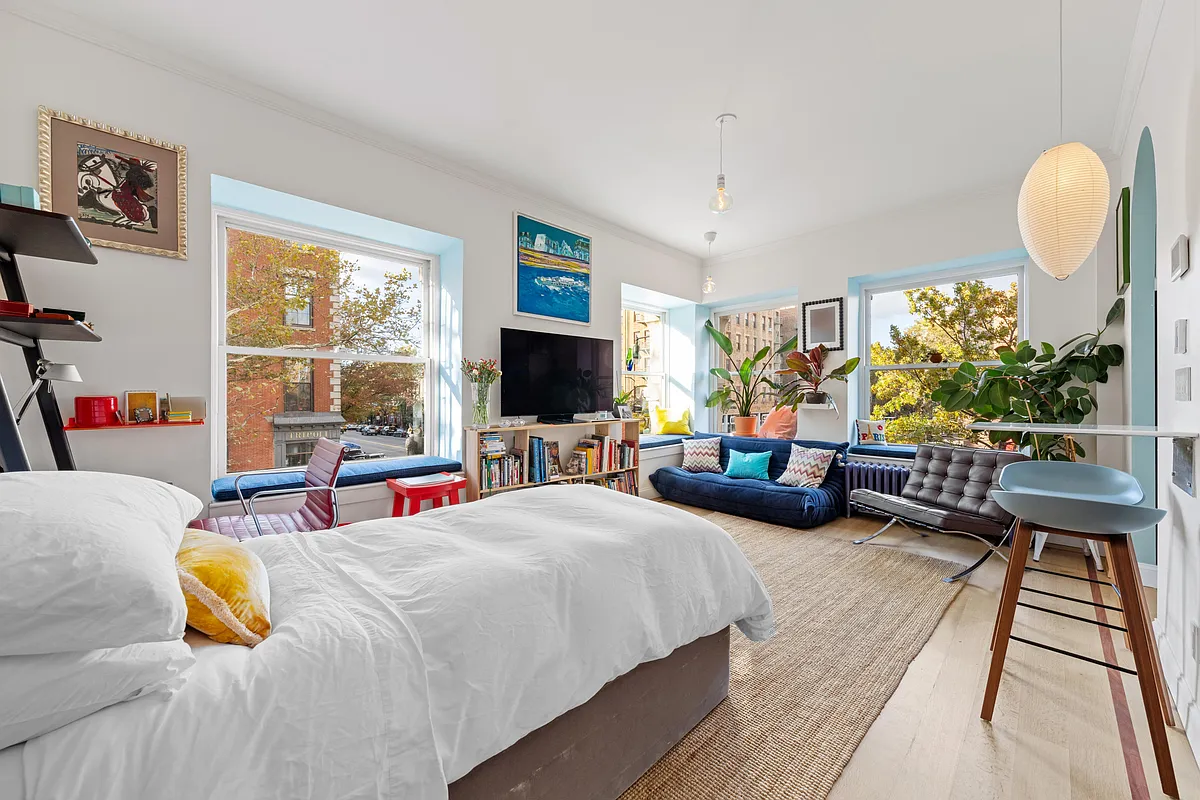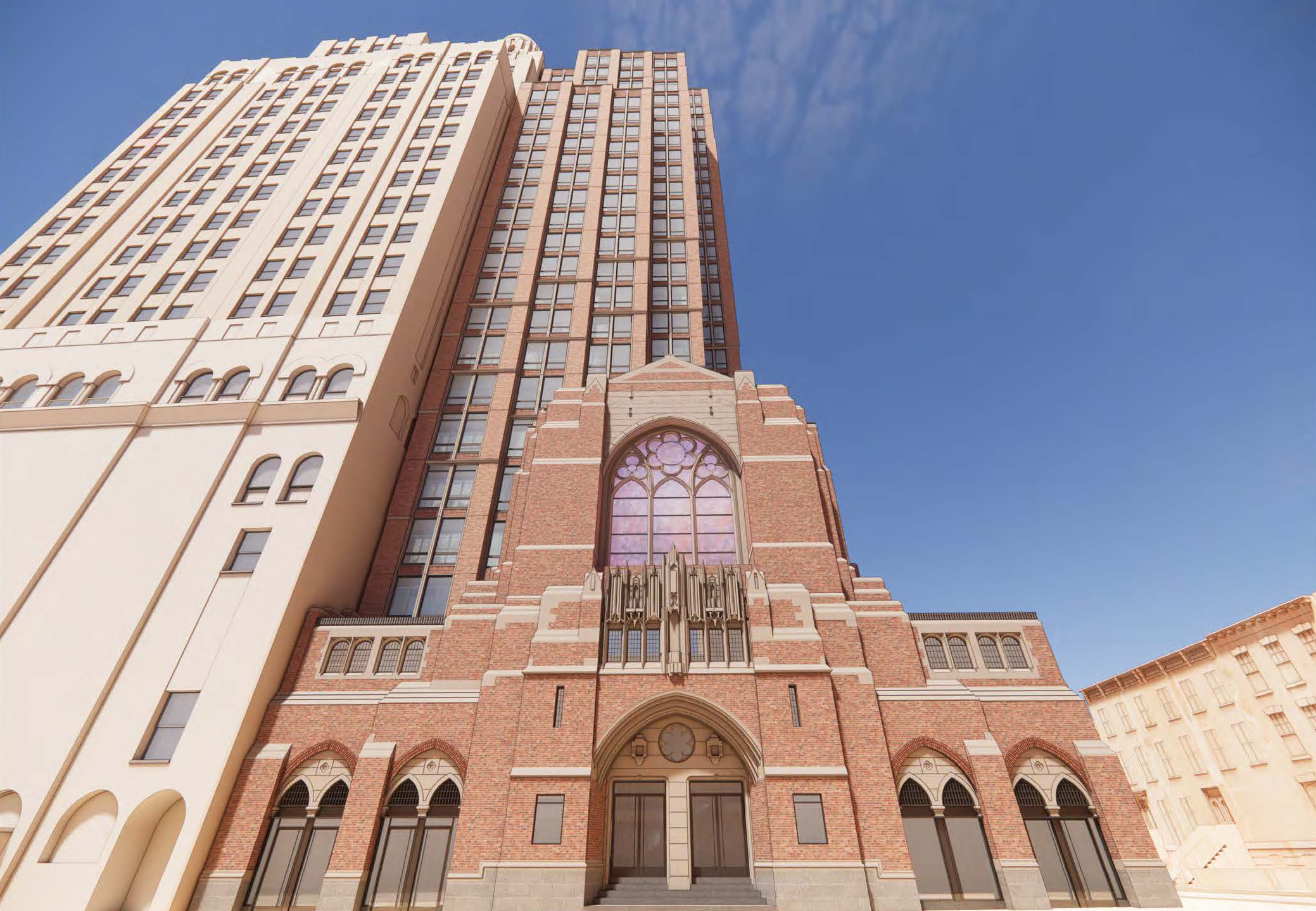Is Going Green Worth the Cost?
When Jason and Kelly Joseph, hardly the crunchy stereotype, built their new 2,800-square-foot Craftsman in Grand Rapids, they decided that the incremental cost of “going green” — $10,000 — was well worth the years of energy savings and air quality. In the Josephs’ case, green meant insulating the walls with draft-stopping foam (guess they didn’t…

 When Jason and Kelly Joseph, hardly the crunchy stereotype, built their new 2,800-square-foot Craftsman in Grand Rapids, they decided that the incremental cost of “going green” — $10,000 — was well worth the years of energy savings and air quality. In the Josephs’ case, green meant insulating the walls with draft-stopping foam (guess they didn’t know recycled denim was an option), laying floors of wood from a sustainable forest and painting the walls with non-toxic paint. (We also heard a report on WNYC this morning that Walmart was soliciting proposals for going solar in all of its stores in five states–suggesting that there are savings in the sun.) The American Institute of Architects did a poll last year that found that 90 percent of people would be willing to pony up an addition $5,000 for an environmentally sound house. How about when it comes to renovations? Have any readers spent a little extra dough on green improvements that will pay dividends in the long-term?
When Jason and Kelly Joseph, hardly the crunchy stereotype, built their new 2,800-square-foot Craftsman in Grand Rapids, they decided that the incremental cost of “going green” — $10,000 — was well worth the years of energy savings and air quality. In the Josephs’ case, green meant insulating the walls with draft-stopping foam (guess they didn’t know recycled denim was an option), laying floors of wood from a sustainable forest and painting the walls with non-toxic paint. (We also heard a report on WNYC this morning that Walmart was soliciting proposals for going solar in all of its stores in five states–suggesting that there are savings in the sun.) The American Institute of Architects did a poll last year that found that 90 percent of people would be willing to pony up an addition $5,000 for an environmentally sound house. How about when it comes to renovations? Have any readers spent a little extra dough on green improvements that will pay dividends in the long-term?
Is ‘Going Green’ Worth the Cost? [CNN/Money]





Structure and material conservation and recycling are right on. Build-it-Green in Queens is a clearing house for salvaged and recycled building materials. If you have to build new, 80% of energy savings can come from just building right, rather than building fancy. Good workmanship, attention to sealing, and sizing of mechanicals can bring DRASTIC improvements over average work.
Good to see so much interest in this. An organization called GreenHomeNYC works to help building and apartment owners and renters in New York green their spaces in ways that make sense in this City. You can find out more at http://www.greenhomenyc.org. We have an ask-an-expert section where you can e-mail in specific questions about how to do different things. We also have monthly forums about different greenbuilding topics. Feb. is bldg commissioning (checking your stuff to make sure it’s up to the task) and March is energy efficient heating and cooling.
Hope to see you around.
Some tips:
#1) Insulate at least to R19 with rigid insulation on all ext. walls! The denim is too expensive for mere mortals though. Sorry to report this. I think that HBO guy must have gotten a big discount for the press he did or else he’s just an all around good, super rich dude. It’s like a ton more expensive. I can’t remember the ratio, but it’s huge.
#2) Try to give away as much stuff as you can during demo. And this includes getting your contractor to try to give stuff to recyclers whenever possible too. We used build it green and brooklyn freecycle for our part of it.
#3) Solar is expensive. A good solar contractor (and honestly I think they are probably all pretty good.) should come out and do a survey of your roof and tell you how many panels you need to try to cover as much of your elect. bill as you can and also how many panels can fit up there, etc. They should also run a program and give you a printout on how many years it will take to pay for itself. Odds are that either you will benefit from it directly, or indirectly because even if you sell before you break even on savings you should reap the benefit of a buyer paying more for your property because of the solar panels I think. We opted to do this. If you post your e-mail address I will send you the contractor’s name AFTER the job is totally completed.
4) Think about contamination issues that you can prevent during construction. Things like making sure your hvac vents are all sealed off during construction with simple plastic sheeting is a huge benefit to you. Also making sure the insulation in the int. walls isn’t dirty with g*d knows what kind of construction debris. And making sure that debris is cleaned out of tight places like walls and between beams. You aren’t going to clean it out after the walls are closed are you? And if you are getting rashes or wheezing maybe one day you will start wondering what the heck is still in there??
#5) Try to get sizes right before you install things. You will pay a lot more and waste a lot more if you get a bigger hvac system just because Joe-contractor says you need it. Hire a mechanical engineer to figure out the juice you need. We didn’t do this and we regret it.
#6) Don’t skimp on windows and appliances. Go for the energy star rated appliances no matter what. And if you don’t mind the slightly greenish tint (most people can’t notice it, although it bugs me) it’s totally worth it to get the energy star rated windows too that are usually treated with an extra layer of I’m not sure what.
Good luck y’all.
wow nice post and good discussion. 15k is right on BTW, AFTER the rebates. but long term savings might be worth the good it does….
Also, whether solar in particular can cover all your energy needs depends on how much roof space you have to devote to panels and how much unobstructed sunlight your roof recives throughout the course of the year. For most rowhouses in Brooklyn, solar hot water is feasible, but covering heat on top of that is not simply becacuse of space and shade factors (as well as the fact that in a landmarked hood you have to set the panels far back enough so that they’re not visible from the street).
Unfortunately, much of the money that could be used for going green in renos in NYC has to be used for removing toxins – lead paint, asbestos, etc… It’s not like building a new home from scratch and being able to devote your budget to living green. Here in Brooklyn, it’s often about making an old home livable -period. Especially when you have kids.
To add on to Tony Tone’s comments…
Trying to retain as as much of the old Brownstone (or frame) house is as green as it gets.
With all this gut renovating going on that I read over and over on this blog, er-uh, me thinks that this could be one simple way to go green.
you don’t have to buy brand new things to build green, it shouldn’t be yet another sales pitch, simply using locally salvaged materials is green. it is not about buying green products. Brownstoner re-used the marble from a theater in manhattan for his kitchen counter and he didn’t have to ship it from across the country, that’s green and it’s cheap too. salvaging hardwood floors and salvaging quality kitchen cabinets are other examples. there is tons and tons of salvage in the NYC area. i personally watched the crew working on the Bank of America space in Clinton Hill throw out a HUGE hardwood floor that could have been salvaged and would have looked beautiful in a new space, they filled a dumpster with it.
also, recycled denim is not the only green insulation out there, there are many options including spray foams, some of which are soy-based. many factors go into what makes a material green including embodied energy.
you can set up a battery system to take over during a blackout. this is common now for grid tied systems.